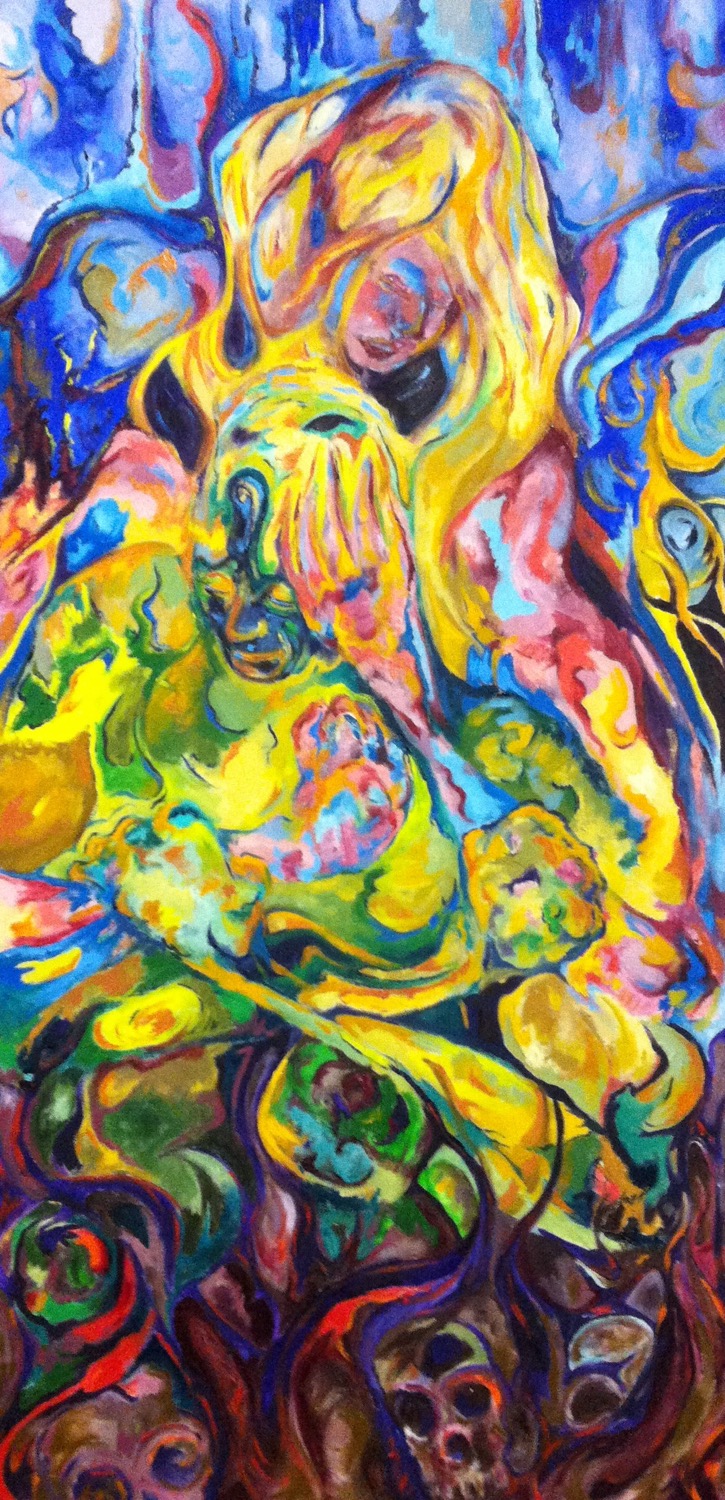PTSD, Trauma, Neglect, & Reactivity vs Responsiveness
- Greg Schoeneck

- Apr 22, 2022
- 4 min read
Updated: Dec 16, 2022

I often find myself working with people who have all kinds of experiences from very significant trauma that happened to them. Or maybe one event that has effected them deeply and they become reactive to things that remind them of that one thing. To others who maybe had “not great“ childhoods, but feel like they have moved passed it and moved on, but still feel like something just isn’t working and feeling right in their lives.
I think people have this idea that people are only reactive to external stimuli. The idea of “If I was abused by someone I will be reactive to people that remind me of that abuser or that kind of abuse.“ This is certainly the case for trauma. It can keep us from doing things and being around people because we can become so reactive to people or situations that even in the slightest remind us of what happened to us. Even worse that reactivity can set people up to be re-traumatized because when we are in a reactive state it sets us up to do things that could hurt us or other or damage our relationships, which make us even more avoidant of placing ourselves in other situations until our lives constrict and constrict down. Leaving us feeling alone and a depressed and anxious about any interactions.
I think what people don’t talk about as much is how reactive we can become to ourselves and our internal selves. The idea of, because of abuse and neglect we may be reactive to ANY feeling that we have. That we might be reactive to the idea of talking about our feelings or our needs and find ourselves on able to ask for anything or make ourselves known in any healthy way. This comes out in making assumptions that no one cares about us or is intentionally not helping us or giving us what we need and usually ends up in explosions that just like the other “external” reactivity can re-traumatize us by further damaging the relationship with ourselves and the relationships with other people. Driving in the belief even further that I am not able and should not express how I feel, who I am, or what I need. This leaves us feeling confused and lonely and leads to depression and certainly anxiety around any relationships that we may have.
If we are looking to heal trauma and improve overall health and wellbeing. We need to heal both of these things, maybe. But we certainly need to start by healing the reactivity to self and the internal reactivity that comes up for people around their own emotions and beliefs about themselves and sharing their emotions and needs.
I think that a lot of clinicians are trained and becoming more and more aware to look for these big what happened to you moments, (truthfully even this is new for a lot of clinicians out there) but the truth is there are more people suffering with a “what should have happened for you that did not” form of trauma. A lot of times these things go hand in hand, but not always and even when there is the big trauma. Clinicians often fail to do the work to heal the damage to the self that is done and just work on the external threat or incident.
There are lots of ways to resolve trauma and neglect out there but the one I find most helpful and effective for healing trauma and neglect is Brief Solution Oriented Trauma Resolution (BSOTR). Created by Yudit Maros, BSOTR is a very affective way to extinguish the body reactivity that comes along with trauma and neglect. Unlike most trauma resolution and reprocessing therapy models it doesn’t focus on the traumatic experience. Some models have you talk about the experience and some have you visualize the event while doing something that is emotionally regulating to help expose a person safely (some ways safer than others) to the traumatic event and make a person less reactive to it and process and resolve that event.
BSOTR does two things differently it focuses on what we call and “antidote emotion” that we generate with in the body in order to confront and heal the negative emotion that was stored in the body during the traumatic event or around the neglect. BSOTR spends no time on the actual traumatic event or neglect it goes there only with the intent to heal it and reprocess it.
This is particularly helpful when trying to help heal neglect and it’s harmful impact on a person’s life because it was not ONE specific event that happened it was a childhood of not showing up and providing what was needed . Within BSOTR we give a person the opportunity to provide themselves with what they never got. The “antidote emotion” and begin that healing. BSOTR also starts right where a person needs to begin working after trauma resolution with self-compassion and self-parenting. People often get stuck where they were emotionally when this happened and it is from that place where growth needs to start. With teaching ourselves to be kind to ourselves to take care of ourselves with compassion as well as accountability that we likely did not have in the case of childhood abuse and neglect.
If you would like to learn more about BSOTR please feel free to reach out. The Therapeutic Workshop has the only provider of this safe, quick, and powerful model for trauma and neglect healing.







Comments